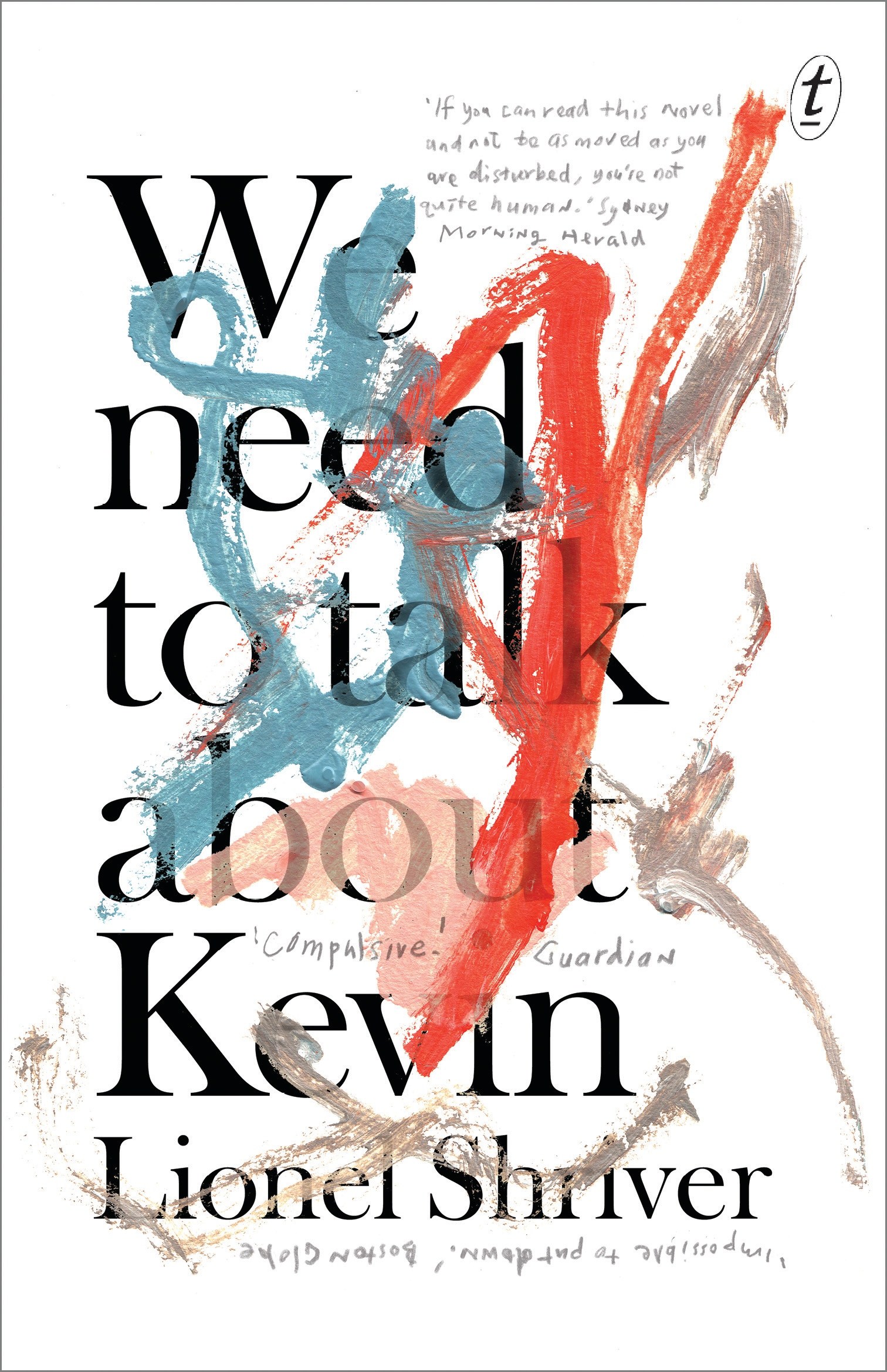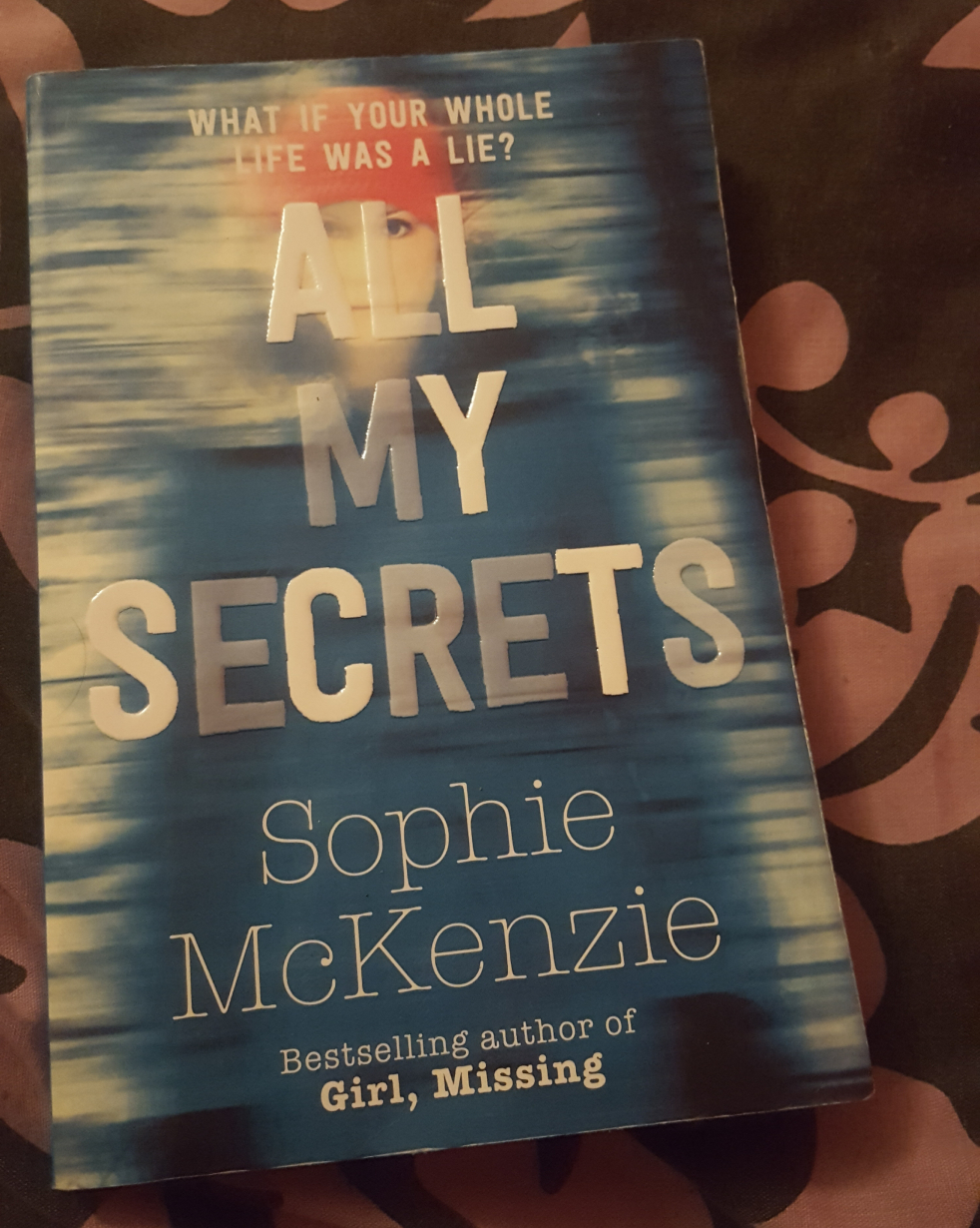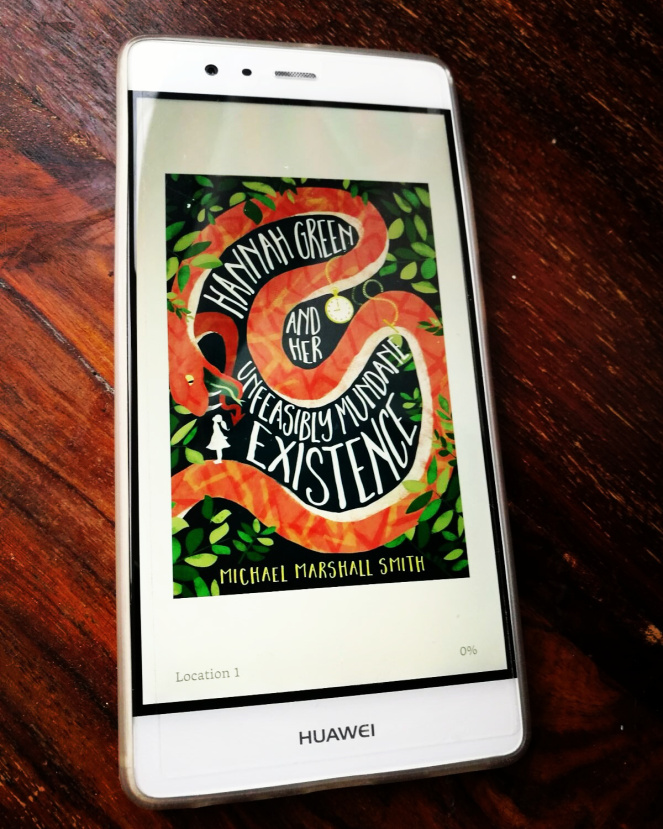by Erin Dionne
My previous blog posts have focused on persistence and objectivity. Today, I want to cover another necessary ingredient in the revision process: the desire to create the best story possible.
Now, I know you want to write a good book, short story, or poem. And you’re putting in the time and effort to do so. You’ve crafted your characters, developed a plot that moves along at a good pace, and figured out where your trouble spots are. You’re in love with what you’ve created—and you should be.
BUT—but!!—sometimes love is blind, friends. You know it. And this flaw in our vision gets in the way of revision (see what I did there?).
Here’s what I mean. That descriptive paragraph on page 45? The one where you lovingly detail the interior of your main character’s ’57 Chevy and all of the detritus on its floor mats in languid prose? It’s great…but it’s not helping your story. It’s slowing down your reader. And your critique partners have mentioned that to you a few times, but you really, really like it. So you leave it in.
It’s gotta go.
Or that fight scene in the short story you’re working on—the one with the epic sword battle that your crit partners say they can’t follow? It may be heart-stopping to you, but their pulses barely blip when they read it. But you can see it. So it stays as is.
It needs fixing.
Writing the best story that we possibly can means writing the story that our readers can enjoy. If we’re writing for an audience, we have to keep our audience in mind during the revision. We’ve spent hours—days, weeks, months—with these characters and settings and scenes. Our readers are encountering them for the first time. In order for our writing to work—to really communicate and connect with someone else—readers have to be able to follow it. And for us as creators, that means sometimes having to make difficult decisions when it comes to revision.
We need to look at our characters and scenes critically, putting ourselves in our readers’ shoes. And then we ask: Am I bringing them into the world I’ve built, or shutting them out? Am I being as clear and understandable to them as I am to myself?
A great litmus test of this is what I call “The Explanation Factor.” It’s this: a critique partner reads your work and has questions because they don’t understand the story. If you find yourself explaining aspects of the story to them—plot, character motivation, etc.—those elements are not on the page. And no matter how tightly written you feel that piece is, it’s not enough to get your story across to that reader. So it needs more work. In his book On Writing, Stephen King refers to this step in the revision process as “writing with the door open.” He means that once you are in the revision process, you need to think about your readers and what they will get out of your story.
Now, you don’t need to please everyone (no book pleases everyone), but you do need to keep working until your readers can clearly follow the story, characters, and events. It’s being open, listening to suggestions, and working to clarify throughout. That’s writing the best story you can possibly write. And isn’t that the goal?
I hope you find this helpful! Next time, we’ll be talking about finding the core, or heart, of your story.
 Erin Dionne’s books are “Models Don’t Eat Chocolate Cookies,” “The Total Tragedy of a Girl Named Hamlet,” and “Notes from an Accidental Band Geek.” Her novel “Moxie and the Art of Rule Breaking: A 14 Day Mystery” is based on the real-life Isabella Stewart Gardner Museum art heist and was a 2014 Edgar Award finalist. The series continues with “Ollie and the Science of Treasure Hunting.” Her first picture book, “Captain’s Log: Snowbound,” will be released in 2018. She teaches at Montserrat College of Art and lives outside of Boston with her husband, two children, and a very indignant dog.
Erin Dionne’s books are “Models Don’t Eat Chocolate Cookies,” “The Total Tragedy of a Girl Named Hamlet,” and “Notes from an Accidental Band Geek.” Her novel “Moxie and the Art of Rule Breaking: A 14 Day Mystery” is based on the real-life Isabella Stewart Gardner Museum art heist and was a 2014 Edgar Award finalist. The series continues with “Ollie and the Science of Treasure Hunting.” Her first picture book, “Captain’s Log: Snowbound,” will be released in 2018. She teaches at Montserrat College of Art and lives outside of Boston with her husband, two children, and a very indignant dog.


![[Music Release] Luhan drops new single “Catch Me When I Fall” after announcing he will be going on break](/ai/025/163/25163.jpg)


